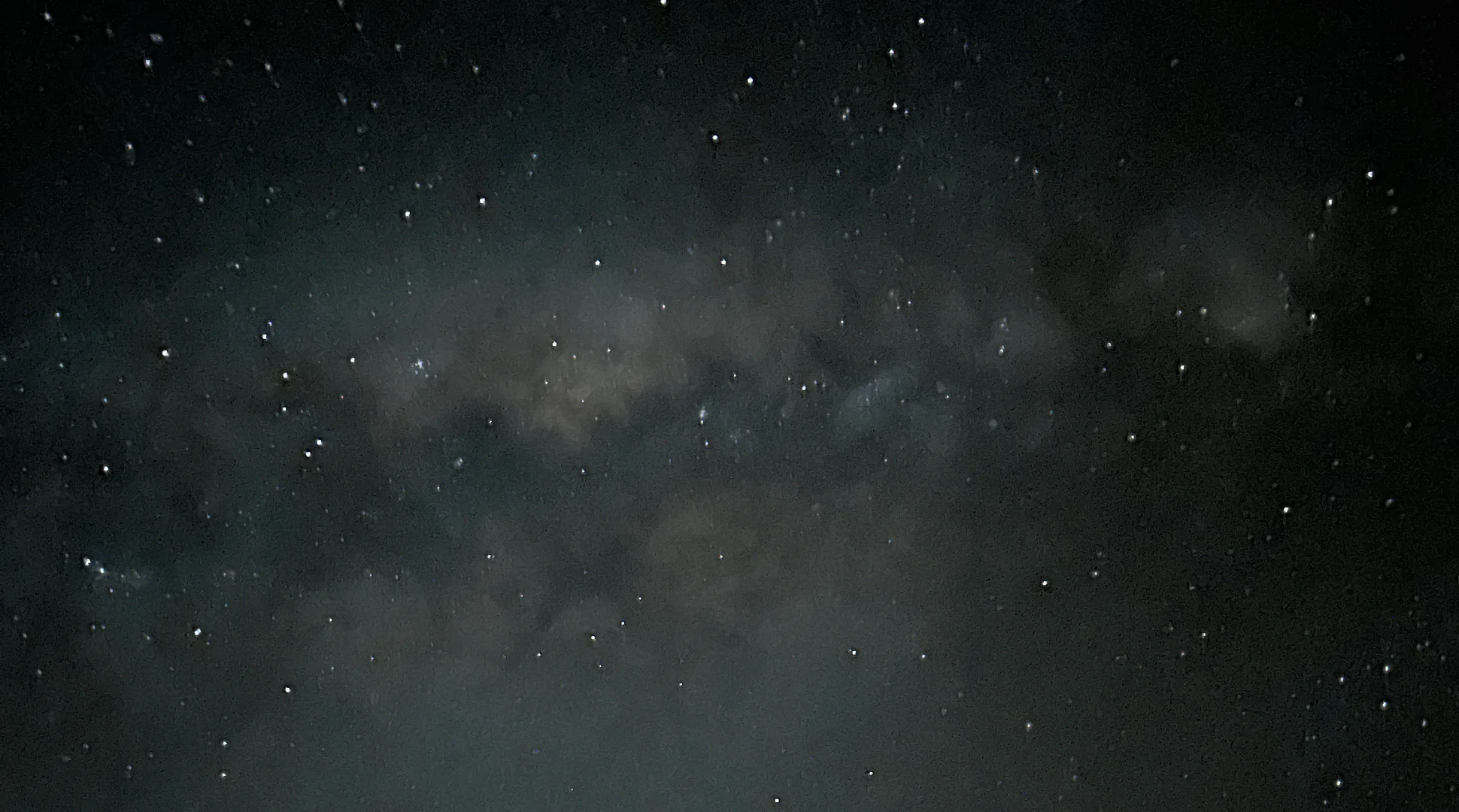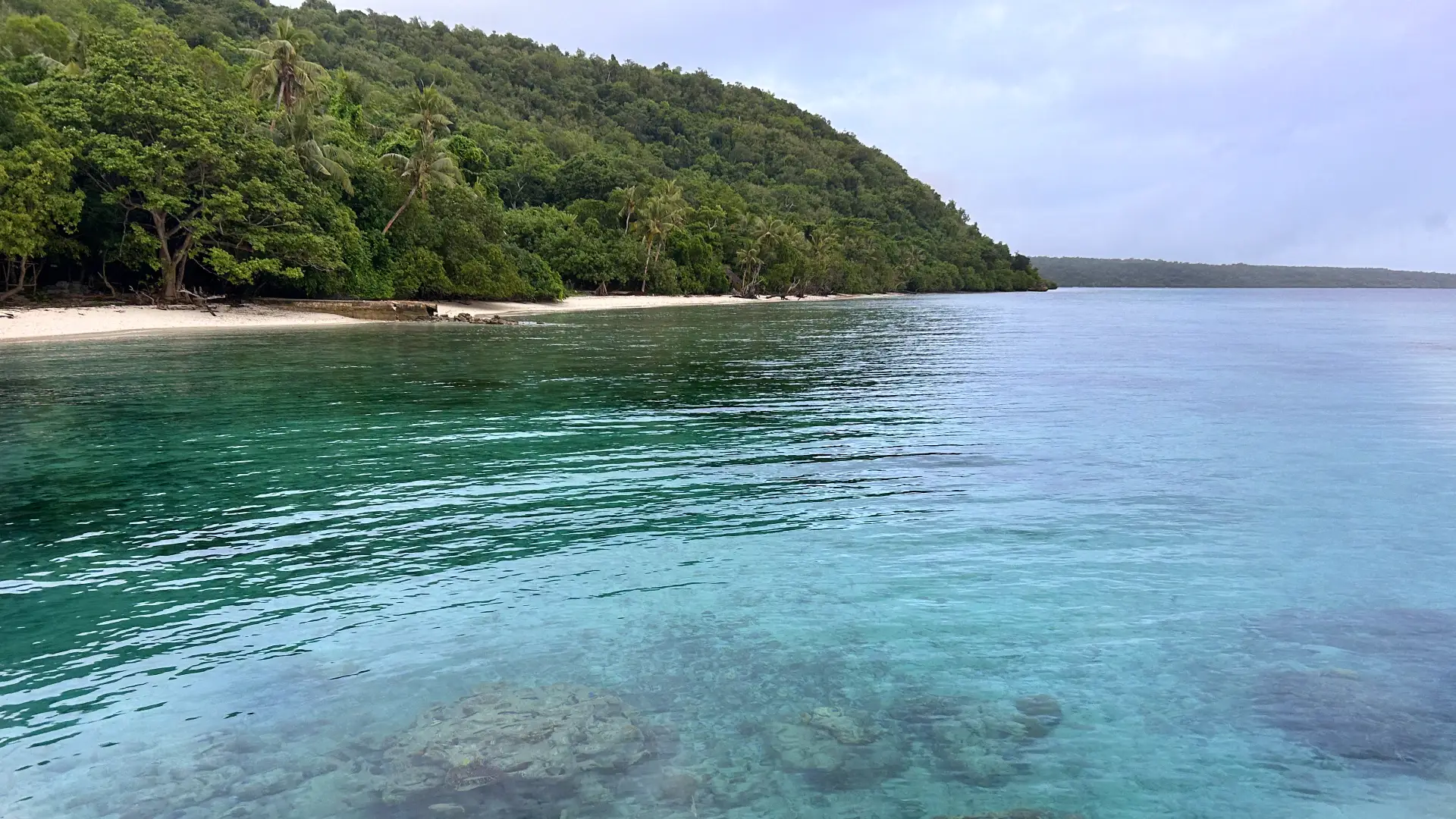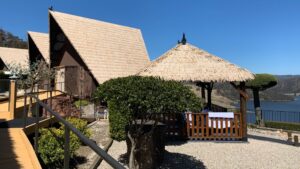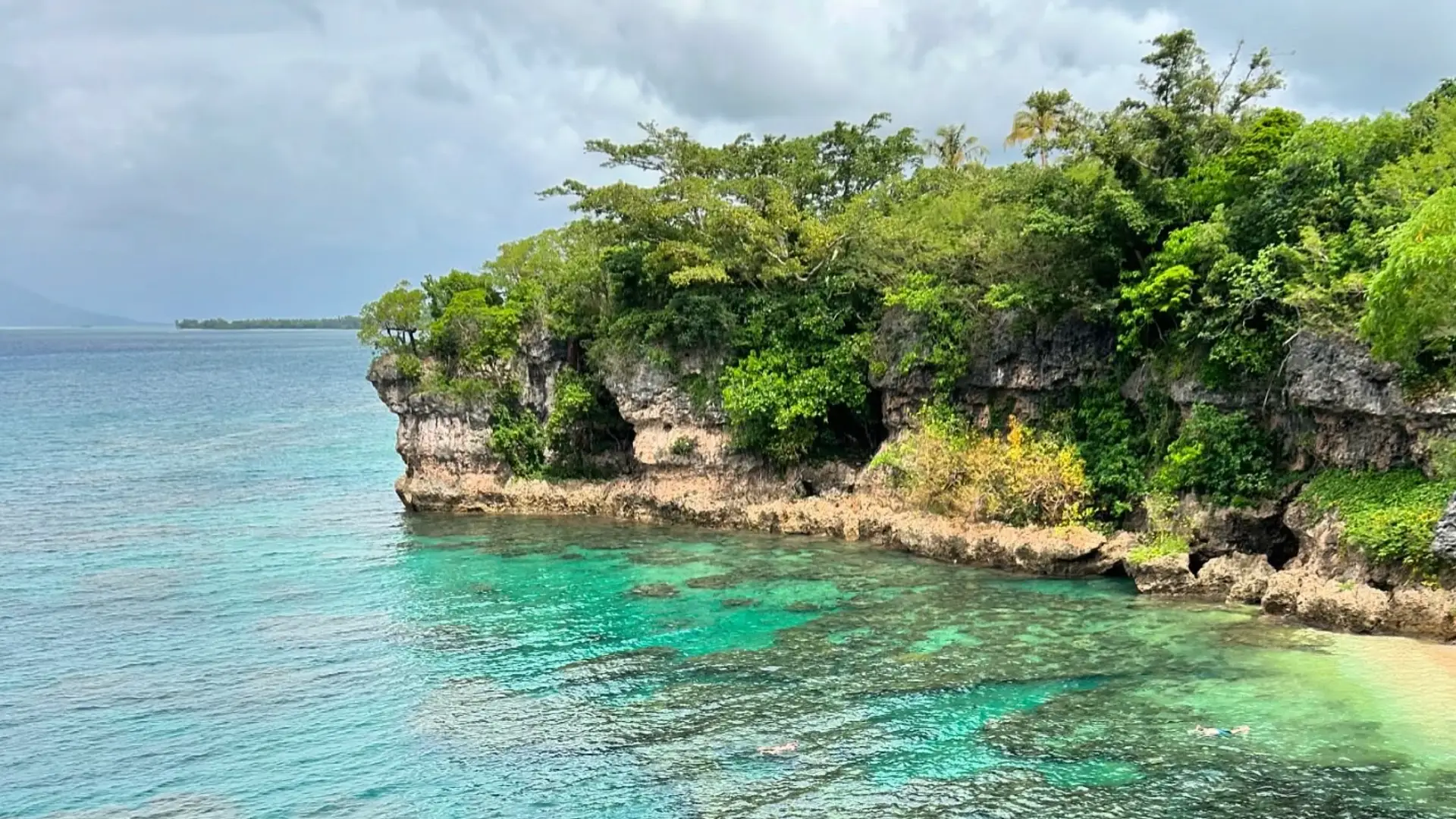Or even if you’re not an astronomer, the night skies above Warrumbungle National Park are something to behold. Thousands of shimmering stars and, if you’re lucky, the cloudy bands of the milky way, will put on quite the show for you — even just with the naked eye.
But there are a few ways you can accelerate your experience, too. Observatories and stargazing tours are also available in the area and, after trying them ourselves, are highly recommended.
Of course, there are both free options and paid ones and if you have the time (and money), doing both can offer a much greater experience. The beauty of free options is that you can go just about anywhere and watch the stars all by yourself, which we did and found incredibly peaceful. While paid excursions offered access to equipment we’d never be able to afford ourselves (let along know how to use) and have experts guiding us through the whole thing.

Why is the sky so clear here?
Far away from any major city and with little rain or humidity, the skies above Coonabarabran and Warrumbungle National Park have few clouds and light pollution making it an excellent spot for stargazing. Now recognised as an official DarkSky Park, the surrounding area also has government guidelines on how local communities use lights at night, which keeps the skies nice and clear.
The top-notch conditions have been attracting astronomers to the area for decades. So much so, there’s multiple observatories in the area: Milroy, Siding Spring and Skywatch.
Clear skies do often mean chilly nights though, so pack layers — no matter what time of the year you’re visiting.
What exactly is a “DarkSky Park”?
Pretty much what it sounds like. A global group that helps combat light pollution, DarkSky designates areas as DarkSky Parks that “preserve and protect dark sites through responsible lighting policies and public education.”
The Warrumbungles were designated as a DarkSky Park back in 2016, the first in Australia. There’s also now a set of government regulations to ensure the skies stay dark around here. This includes restrictions on light usage within a 200 kilometre radius of the national park.
These are some of the best places in the world to go stargazing. We’ve also been to Aoraki MacKenzie DarkSky Park in Lake Tekapo, New Zealand and we have to say, the Coonabarabran skies were even more magical.
Coonabarabran and Warrumbungles stargazing experiences
Siding Spring Observatory
One of the few observatories that can see the entire southern skies, Siding Spring is run by the Research School of Astronomy & Astrophysics at the Australian National University. It’s also home to the largest telescope in the country: 4-metre Anglo-Australian Telescope (AAT).
We had the luck of visiting during Starfest, which is held on Labour Day weekend. It’s also the only time of the year that Sliding Spring’s telescopes are open to the public. How lucky were we?!
While we didn’t get to look into them, we were able to experience the sheer scale of them. To give you an idea of large these actually are, viewing the top of the AAT required an elevator ride up four storeys.
Shuttle buses were available to take us between the dozen-or-so telescopes dotting the grounds, food stalls were available and there was even a pop-up planetarium.
The grounds, which also have incredible views of the national park, is open every day from 8:30 to 4pm, but the Exploratory (a small-but-informative learning space) is closed on Tuesdays.


Donna the Astronomer at Milroy Observatory
This was our favourite experience of the weekend. The 90-minute “show” is run by astronomer Donna with the help of her husband and a few others manning the telescopes. The whole evening felt a bit like attending your favourite class taught by your favourite teacher.
After driving about 15 minutes outside of Coonabarabran and up a hill on a somewhat-questionable and very narrow road, we arrived ad the perfectly dark Milroy Observatory. Here, three telescopes surrounded by chairs were ready and waiting for our curious eyes.
As the team angles the telescopes just right, Donna tells you stories of the stars and what you’re about to see. She was very open to questions, too, and nothing about space seemed to be off limits.
From close ups of the moon’s craters to the rings of Saturn to natural kaleidoscopes of stars, everything we saw was just incredible.
Book in an experience on Donna the Astronomer’s website

Skywatch Observatory
The most curious of observatories in the area, Skywatch claims to be a sister observatory to the much larger Siding Spring. Interestingly, the telescope sits on the grounds of local accommodation for an all-around stargazing-filled stay.
A few rooms are available. Stays include an exclusive guided tour of the sky using the on-site 16-foot telescope. According to the Airbnb listing, if you stay a few nights in the private suite you’ll also get to try your hand at astrophotography and check out the planetarium.
Book a stay at Skywatch Observatory here or on Airbnb

Where to do Warrumbungles stargazing for free
If you’re camping in Warrumbungle National Park, you’ve got access to some of the best spots to see the stars.
Without any light pollution from Coonabarabran town or lights along the roads, the campsites here can get pretty dark. Get comfy in a camping chair, lean back and check out what the sky has in store.
Camp Blackman is the largest and most popular site in the area, but it’s also powered. If you want some of the darkest skies, you’re likely to get it at a site that doesn’t provide power. (Therefore fewer lights being plugged in).
Another great spot is at Whitegum Lookout. We’ve seen a few beautiful sunsets here, and sticking around after the sun dips behind the horizon can reward you with a brilliant light show up above. There are no lights at the lookout spot. It’s also a 500-metre walk to the car park, so headlights won’t cause any issues either.
Probably a slightly controversial option is to literally just pull over at the side of the road. (Where it’s safe to do so, of course!) The road between the national park and Coonabarabran has plenty of farms, meaning wide open spaces and few trees. We stopped at Jupiter along the World’s Largest Virtual Solar System Drive where there was a gravel area facing a farm’s field. Here, there were no lights and plenty of dark sky above. And we weren’t the only ones with this idea. A few minutes after arriving, a family pulled up with the exact same plan.
When is the best time to go stargazing in Coonabarabran?
You’ll be able to see stars any time of the year here, but there’s a few factors you may want to consider.
Weather
We believe October to April are the best months to visit Warrumbungle National Park for stargazing. Coonabarabran gets very cold overnight during the winter months. Temperatures at or below zero aren’t uncommon. If you’re camping, this may not be the most comfortable time. And even if you’re not camping, you’ll still need to be outside to stargaze.
Constellations
Depending on where Earth is in its rotation around the run and the time of night you’re stargazing, not all constellations will be visible. If you’re hoping to catch your star sign, it’s best to check when the best time of year to see it is. Mobile phone apps can help you identify what you’re looking at and where constellations are in accordance to the horizon.
Chances of seeing Aurora Australis
During our October visit, we were told there was a good chance of seeing Aurora Australis, or the southern lights. Unfortunately we weren’t able to see them (or we just went to bed to early).
Although it is much colder, the winter months are said to be some of the best times to see the southern lights.
Moon phases
Believe it or not, the moon acts as a type of light pollution as well, hindering your chance of seeing stars. So, stargazing during a full moon (or as close to it as possible) will allow you to see more stars in the sky.
Where to go next…
-

Best time to visit the Warrumbungles and Coonabarabran
-

Why Warrumbungles stargazing is something no budding astronomer should miss
-

Ultimate 3-day Warrumbungles weekend itinerary





